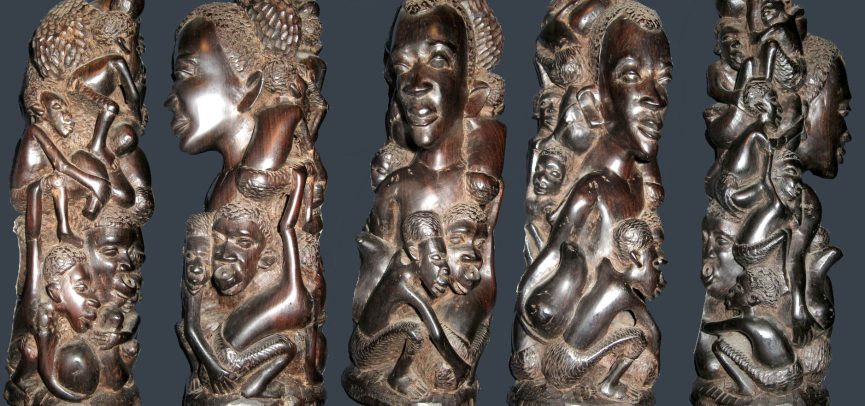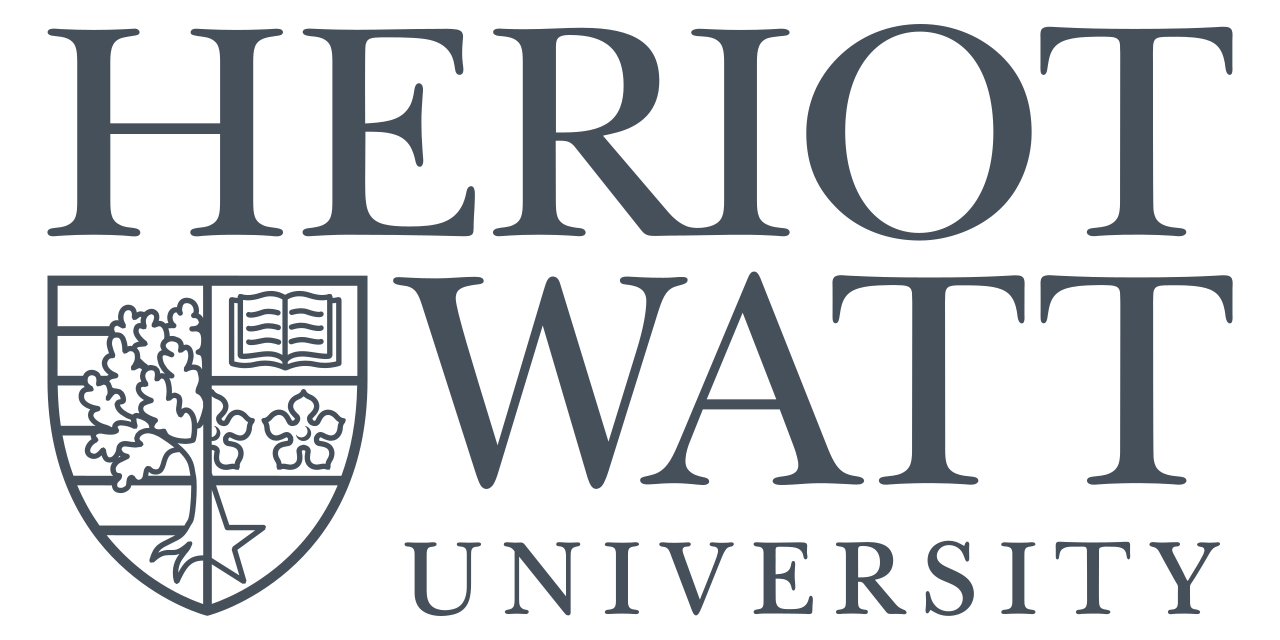A casual look into the Wikipedia article on Mathematics and Art will reveal a predictable cast of characters like linear perspective, the golden ratio, tessellations, a smattering of strange geometries, and the hackneyed topic of symmetry. From an historical perspective, great weight is given to ‘ancient Greece’ and the so-called Renaissance. By and large, this kind of exposition also dominates much commentary claiming greater dignity than that of a popular encyclopaedia.
This lecture will present something of a counterpoint to this emphasis and argue that it contributes to misunderstanding about the nature of mathematics itself as well as its relationship with art. To give away the conclusion, it will propose that modernism as it arose in the early twentieth century was in fact much more mathematical than anything produced by the so-called Renaissance.
Speaker Biography:
Minhyong Kim is Director and Sir Edmund Whittaker Professor of Mathematical Sciences at the International Centre for Mathematical Sciences in Edinburgh. He works on arithmetic geometry, the study of spaces built out of finitely-generated systems of numbers, employing ideas of mathematical physics, especially topological quantum field theory. Minhyong studied mathematics at Seoul National University, then received his Ph.D. in Mathematics at Yale University. He has held professorships at many institutions on three continents, including Purdue University, the Korea Institute for Advanced Study, University College London, and the University of Oxford, where he was head of the number theory research group.
Minhyong is a keen communicator of mathematics and has published 12 books in Korea for the general public. His latest project is a series of illustrated children’s books featuring a mathematician (who quickly disappears), his family (who search for him), and Schroedinger’s cat (who does both). He knows next to nothing about art, but still wishes to use it as a means to communicate mathematical ideas.











